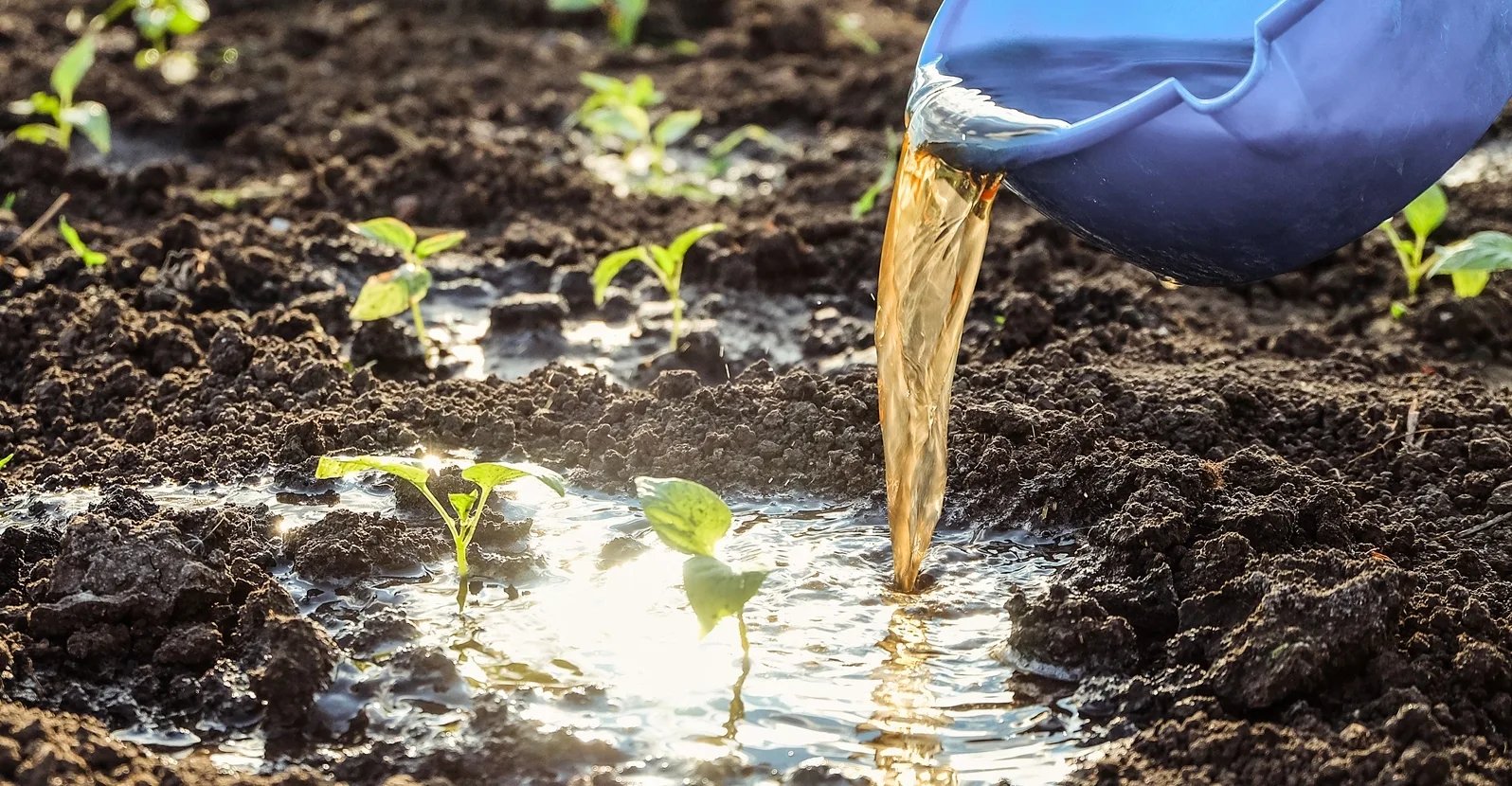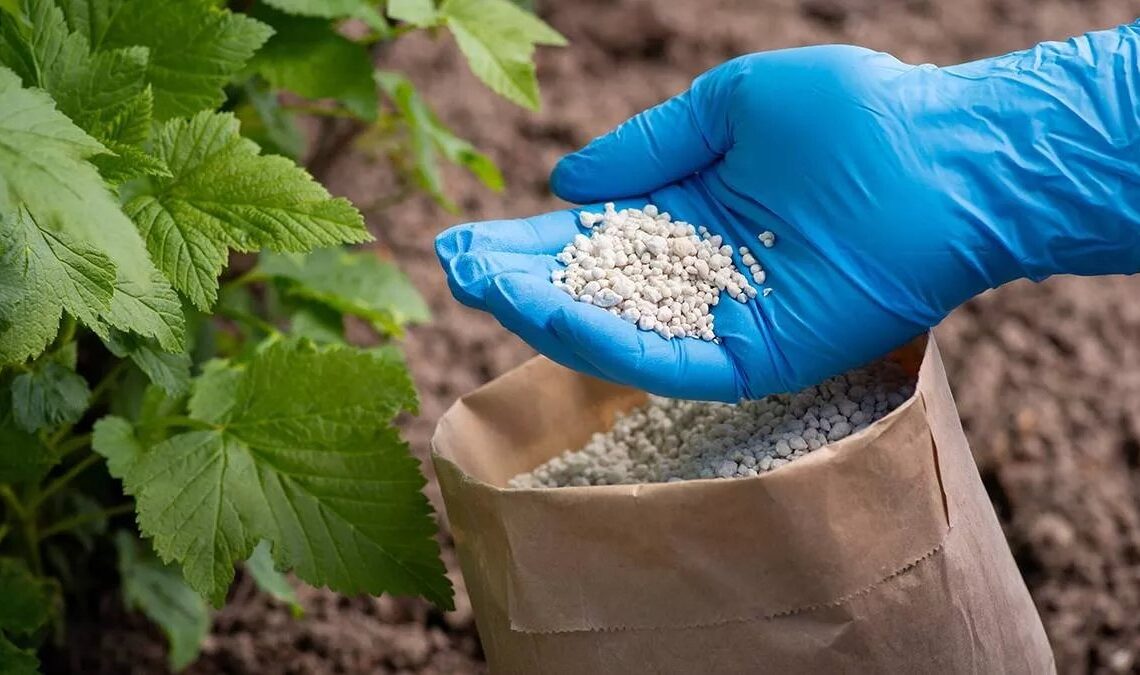Think fish scraps are just trash? Think again. These often-discarded leftovers are actually gold for gardeners. Packed with nitrogen, phosphorus, and potassium, fish waste is an ancient, all-natural fertilizer that supports lush growth and healthy soil ecosystems. Ready to turn your kitchen waste into garden magic? Let’s dive into 4 powerful ways to use fish scraps in your home garden.

### 1. **Direct Burying – The Traditional Power Move**
One of the oldest and most effective techniques is simply burying whole fish or fish parts directly in the soil before planting. This slow-release method nourishes plants over time and stimulates microbial activity.
📌 **How-to:**
Dig a trench 6–8 inches deep, place fish scraps inside, and cover with soil. Wait a few days before planting to avoid pests.

🧠 **Pro tip:** Ideal for fruiting plants like tomatoes, corn, and squash.
### 2. **Fish Emulsion – The Liquid Super Boost**
Turn fish waste into a liquid fertilizer by fermenting it with molasses or sugar and water for a few weeks. This DIY fish emulsion is a nutrient-packed tonic for your plants.

📌 **How-to:**
Blend fish scraps with water and brown sugar in a sealed container. Let it ferment for 2–4 weeks, then dilute before using.
🧠 **Pro tip:** Use once every 2–3 weeks during the growing season for vibrant foliage.
### 3. **Composting with Fish Scraps – Enrich Your Pile**
Add fish waste to your compost pile to supercharge the breakdown process and infuse your compost with essential nutrients.
📌 **How-to:**
Layer fish pieces between brown (dry leaves, straw) and green (veggie scraps, grass clippings) compost materials. Keep covered and mix regularly.
🧠 **Pro tip:** Add extra carbon-rich materials to reduce odors.
### 4. **Bury in Potato Baskets – Hidden Boost for Root Crops**
Incorporate fish into the base of root crop setups like potato baskets. As the fish decomposes, it feeds the developing tubers from below.
📌 **How-to:**
Place fish scraps at the bottom of a raised basket or trench, cover with straw and soil, and plant your potatoes above.
🧠 **Pro tip:** This method prevents surface pests and targets nutrients right where roots need them.
**Final Thoughts**
Fish scraps are an underrated powerhouse in sustainable gardening. Not only do they reduce food waste, but they also offer long-term benefits for plant health, soil quality, and yield. Whether you choose direct burying or fermenting into fish emulsion, your plants will thank you—with bigger blooms and richer harvests.
**Call to Action**
♻️ Ready to turn waste into garden wealth? Try one of these fish scrap methods and share your success with us using #FishFertilizerHack
